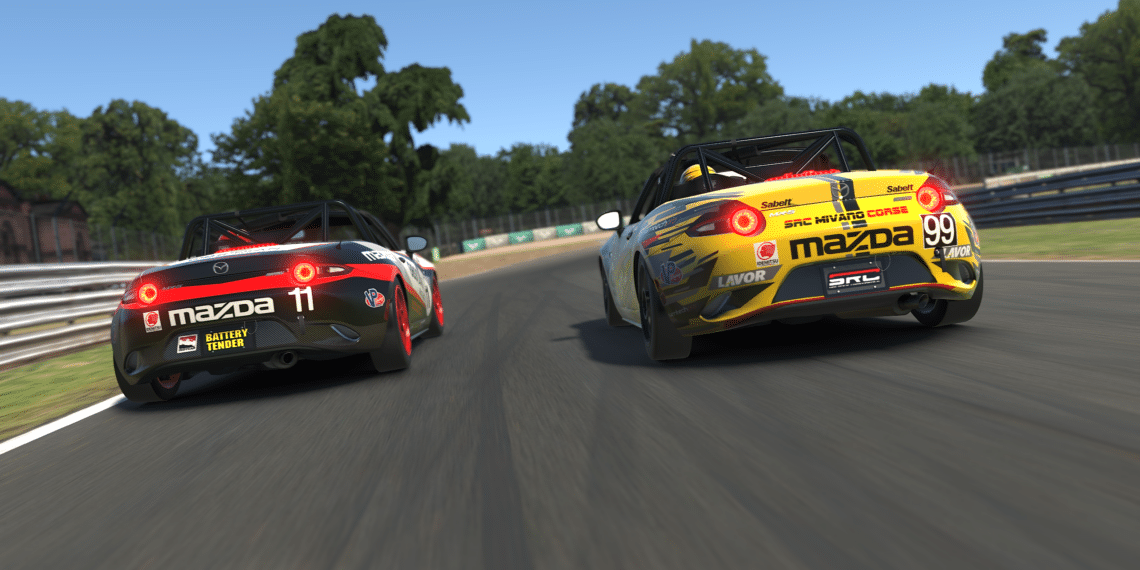Sim Racing enthusiasts dive into the world of base torque, seeking real-world comparisons to understand the impact on their setups. From discerning the sweet spot for most users to analyzing the nuances between various torque levels, the discussion sheds light on the crucial link between hardware and the virtual driving experience.
Summary
- Higher nm in base torque offers more granularity and detail in steering feedback.
- Real race cars typically don’t exceed 10nm, highlighting the balance between realism and simulation in sim racing.
- Clipping and detail loss can be mitigated with higher torque levels, ensuring a more immersive experience.
Insights into Base Torque
In the post, user Forzaroma11dg seeks insights into comparing base torque levels like 5nm and 10nm to real-world equivalents. The engagement from the community delves into the impact of torque on steering feel and responsiveness, with various opinions on the ideal range for immersive sim racing experiences.
Navigating the Sweet Spot
JoffreyBezos highlights the importance of finding the sweet spot in torque levels, suggesting that 10-15nm offers the optimal balance for most users. Drawing a vivid analogy, they liken excessive torque to turning a steering wheel in a stationary car without power steering, emphasizing the need for finesse in wheelbase selection.
Grasping Granularity
Edd90k elaborates on the finer nuances of torque, explaining how higher nm values translate to enhanced granularity and detail in steering feedback. By running a high nm motor at a lower setting, users can achieve superior road texture, kerb, slide, and tire feedback, enhancing the overall simulation experience.
The Realism Dilemma
Bluetex110 introduces a critical perspective on the realism aspect, noting that real race cars typically operate within lower torque ranges compared to sim racing setups. However, they emphasize the importance of avoiding clipping and detail loss by opting for a higher torque rating, ensuring that users can extract maximum fidelity and immersion from their setups.
As the debate on base torque in sim racing continues, users navigate the delicate balance between realism and optimization, seeking the perfect formula for an immersive and responsive driving experience.



